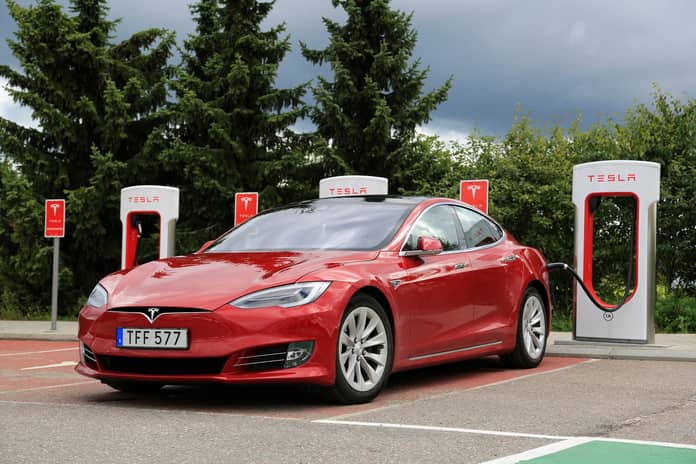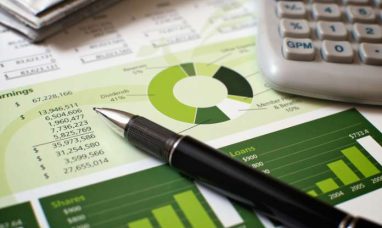Following Nancy Pelosi’s arrival in Taipei on Tuesday afternoon, U.S. time, word spread that CATL, the largest battery cell manufacturer in the world based in China, has postponed plans to build a battery facility in North America.
Ford (NYSE:F) and Tesla (NASDAQ:TSLA) were intended to receive supplies from this factory. Along with Panasonic (TYO:6752), CATL was already one of Tesla’s primary battery cell suppliers. The only thing that can be said about the effects of this CATL change of strategy on Tesla given how recent the item is in the news section is that anything is possible.
Before we even start to notice any impact from CATL revising its plans on Tesla, it will probably take another 4–8 quarters. In light of this, it’s more crucial than ever to consider how China has already affected Tesla’s overall worldwide EV and BEV market shares.
China’s Impact on Tesla
Over the past two years, Tesla’s global market shares in the EV and BEV categories have both seen a minor fall. It was so tiny that, if you averaged out 2-3-4 quarters on a rolling basis, it virtually rounded to zero.
To be confirmed by the first week of November, when we receive comprehensive Q3 data from all sources, is the apparent decline in the most recent quarter, which may have been a single-quarter outlier phenomena. On the one hand, everyone is aware of the source of that: China put a stop to production.
However, this manufacturing halt was not limited to Tesla (NASDAQ:TSLA).
There are other automakers that are active in China, and in 2022, there have been various degrees of production issues in many different parts of the world that are unrelated to C-19 lockdowns. Due to shortages of semiconductors and other problems, almost all automakers are working significantly below capacity.
Tesla’s global EV market share, however, fell to 12 percent in Q2 2022 and the BEV equivalent to 18 percent as a result of all of this. In eight quarters, those were Tesla’s lowest market share figures.
Remember that this occurred despite the fact that Tesla’s facilities in Texas and Germany had just recently begun operations. Considering all else being equal, those should have increased Tesla’s sales and market shares in Q2.
So What Does the Future Hold for Tesla?
After the market closed on August 2, 2022, Morgan Stanley released a report in which it projected nearly half of Tesla’s profitability and over 30% of its revenue come from China.
Within hours of Nancy Pelosi’s arrival in Taipei, we already saw what CATL did. The bottom line is Tesla’s risk profile is stronger now than it was a few short days ago.
Any choice made by the Chinese leadership could be as disastrous as it is arbitrary.
Ever since the discussions about constructing a factory in Shanghai began, Elon Musk has been very respectful toward China. Will Musk be required to choose a side in the event that the triangular conflict between China, Taiwan, and the US becomes more tense?
A significant US government contractor is SpaceX. Will the US Congress or the US Federal Government look into whether there are any sensitivities to be concerned about with this exposure?
Alternatively, the following dangers with China are more pertinent to Tesla (NASDAQ:TSLA):
- China may close the Shanghai factory of Tesla.
- China might stop doing business with suppliers to Tesla’s Shanghai plant.
- A work stoppage at Tesla’s Shanghai factory might be triggered by China.
- Shipments into or out of Tesla’s Shanghai manufacturing could be hampered by China.
- China might come up with a justification to forbid Tesla’s sales there.
In other words, the Chinese government could take a number of different approaches to try and hurt the US by using Tesla (NASDAQ:TSLA) as a high-profile target.
Featured Image: Megapixl © Taina10

















